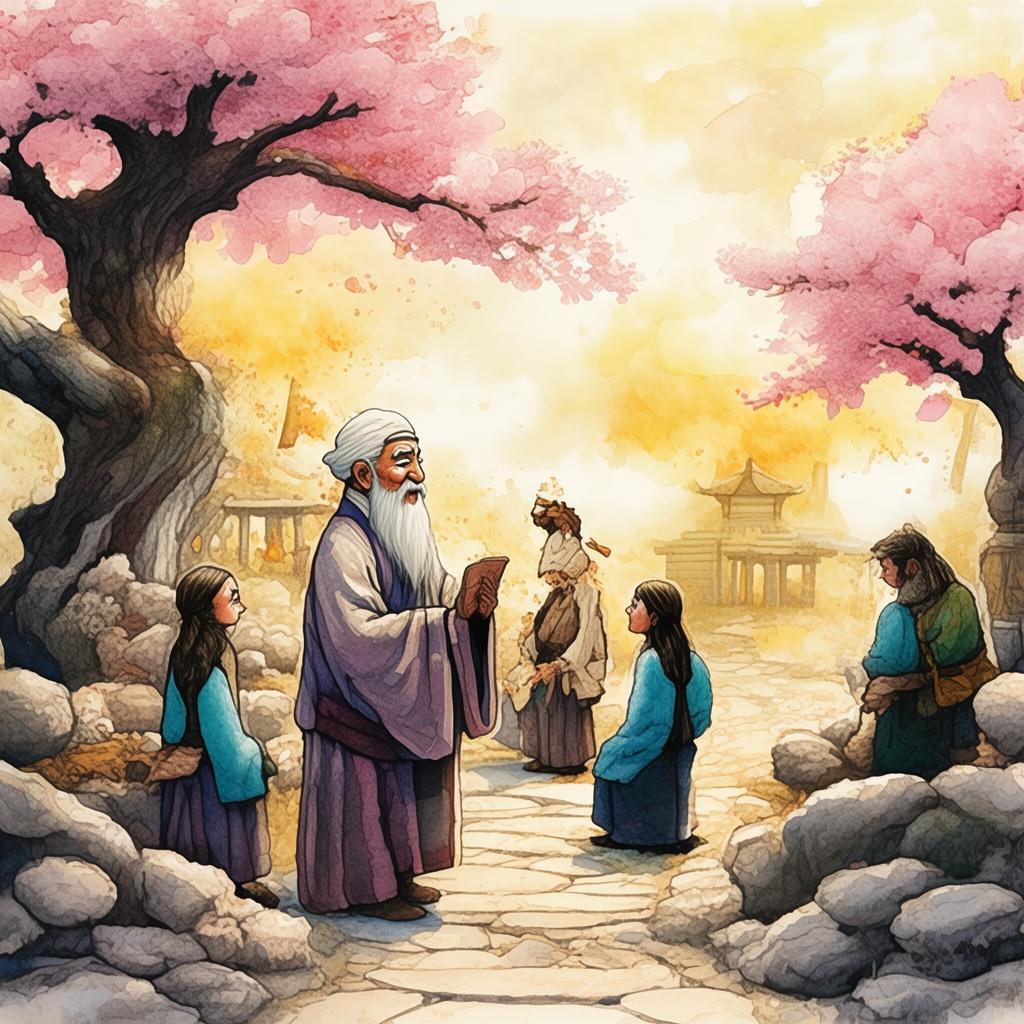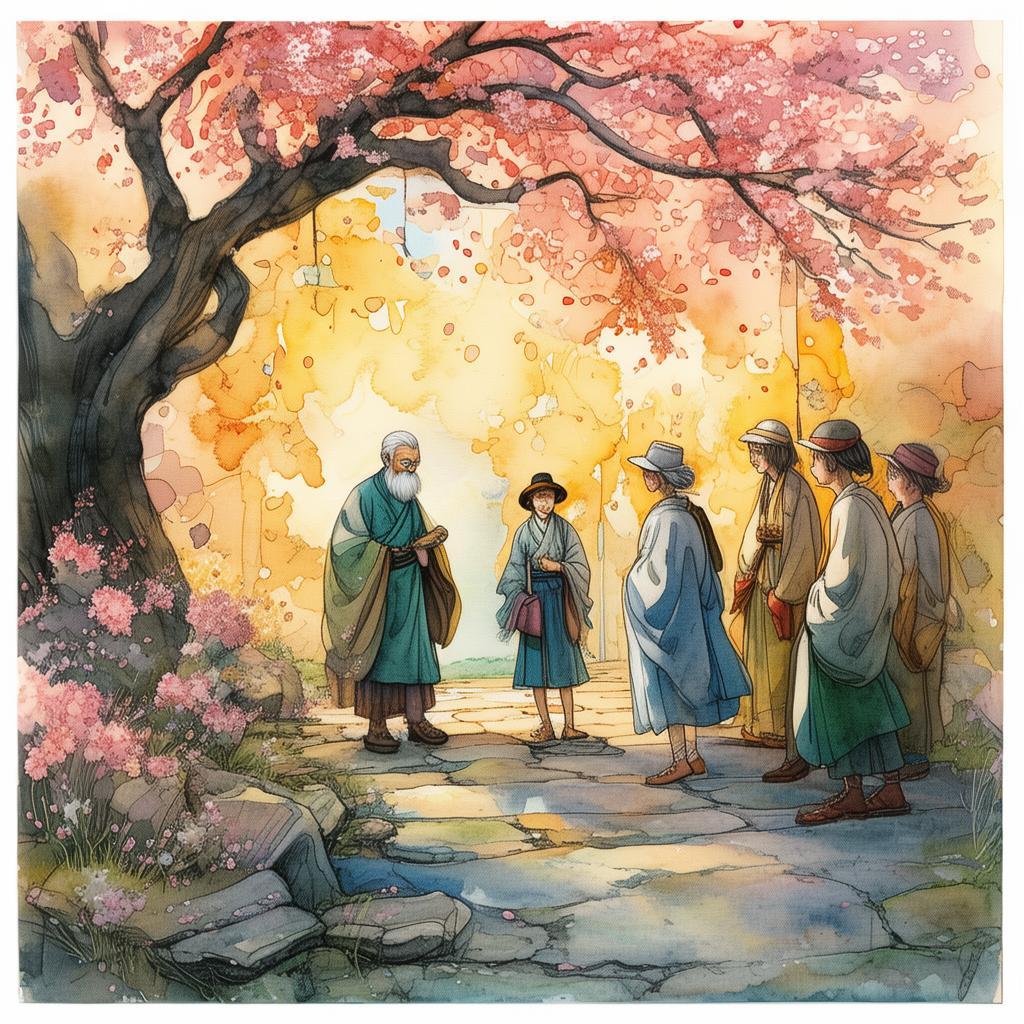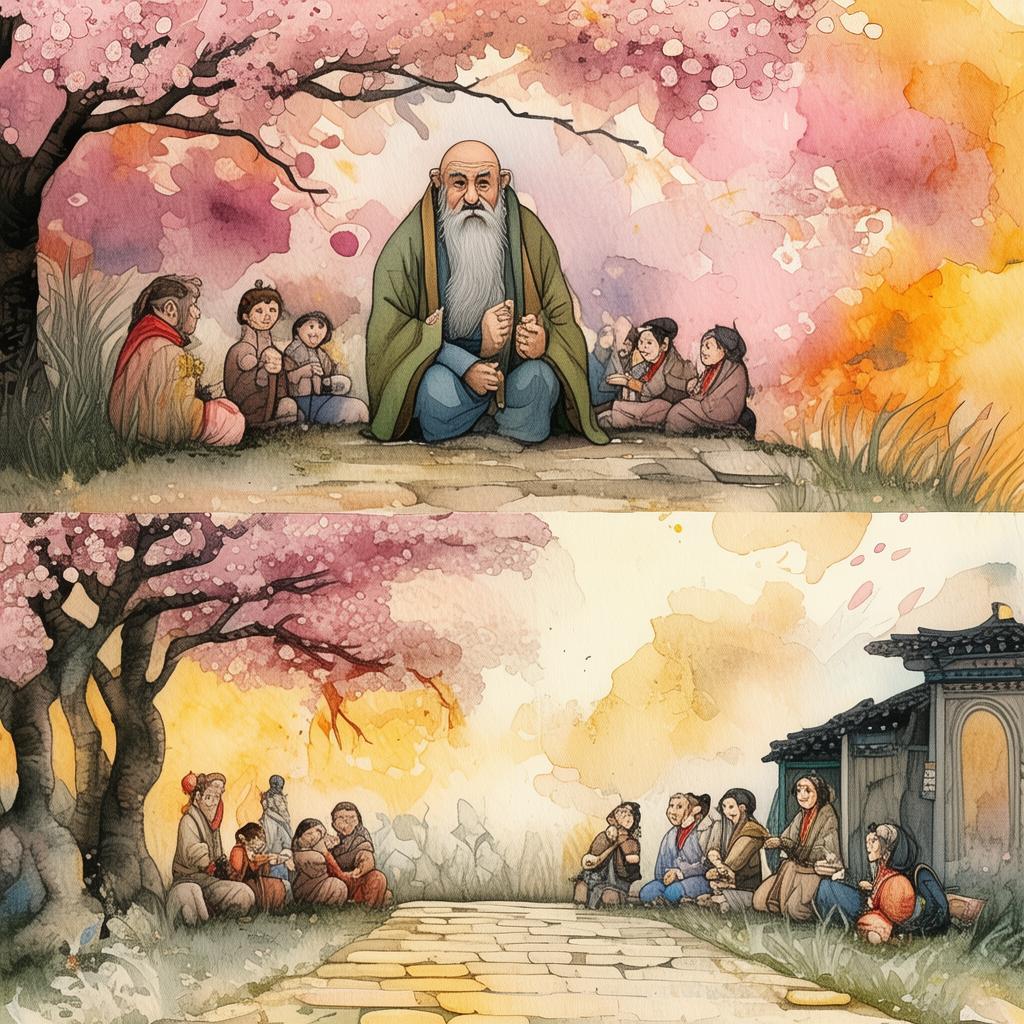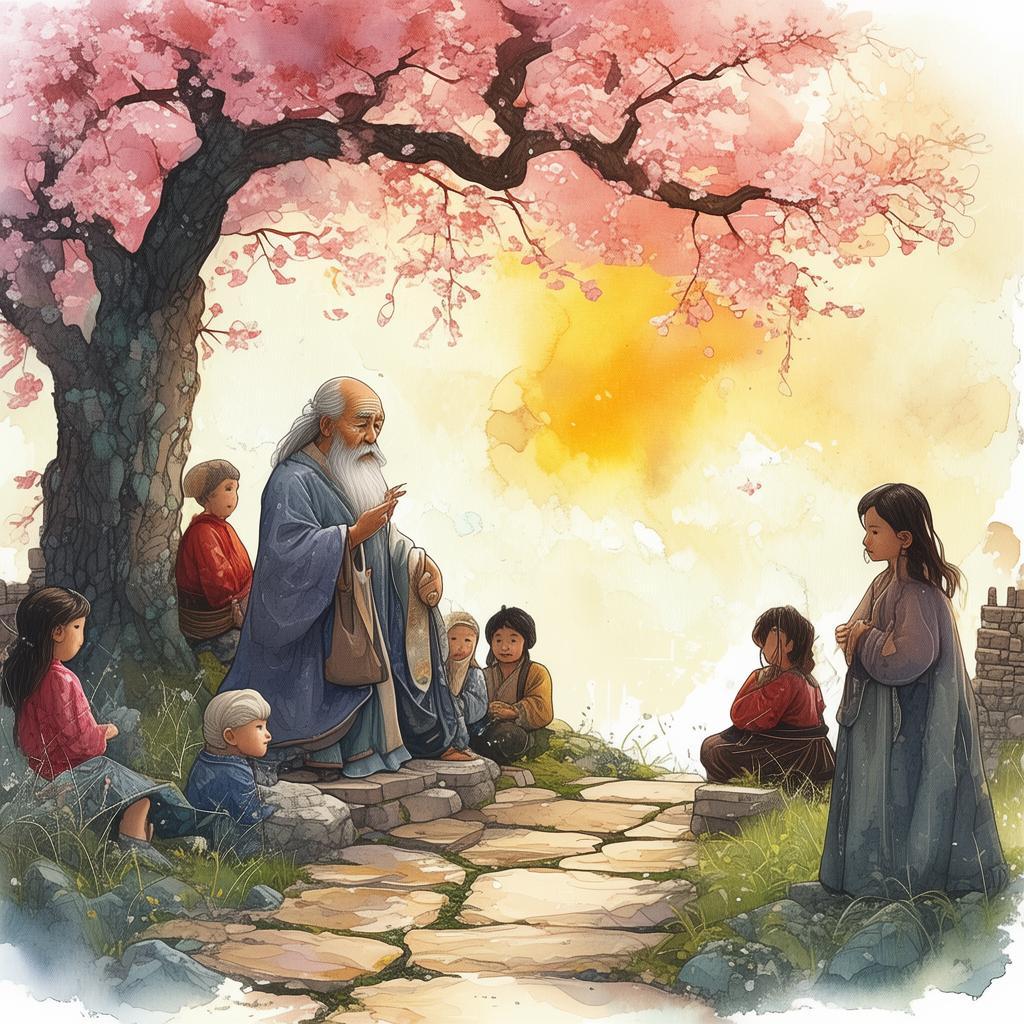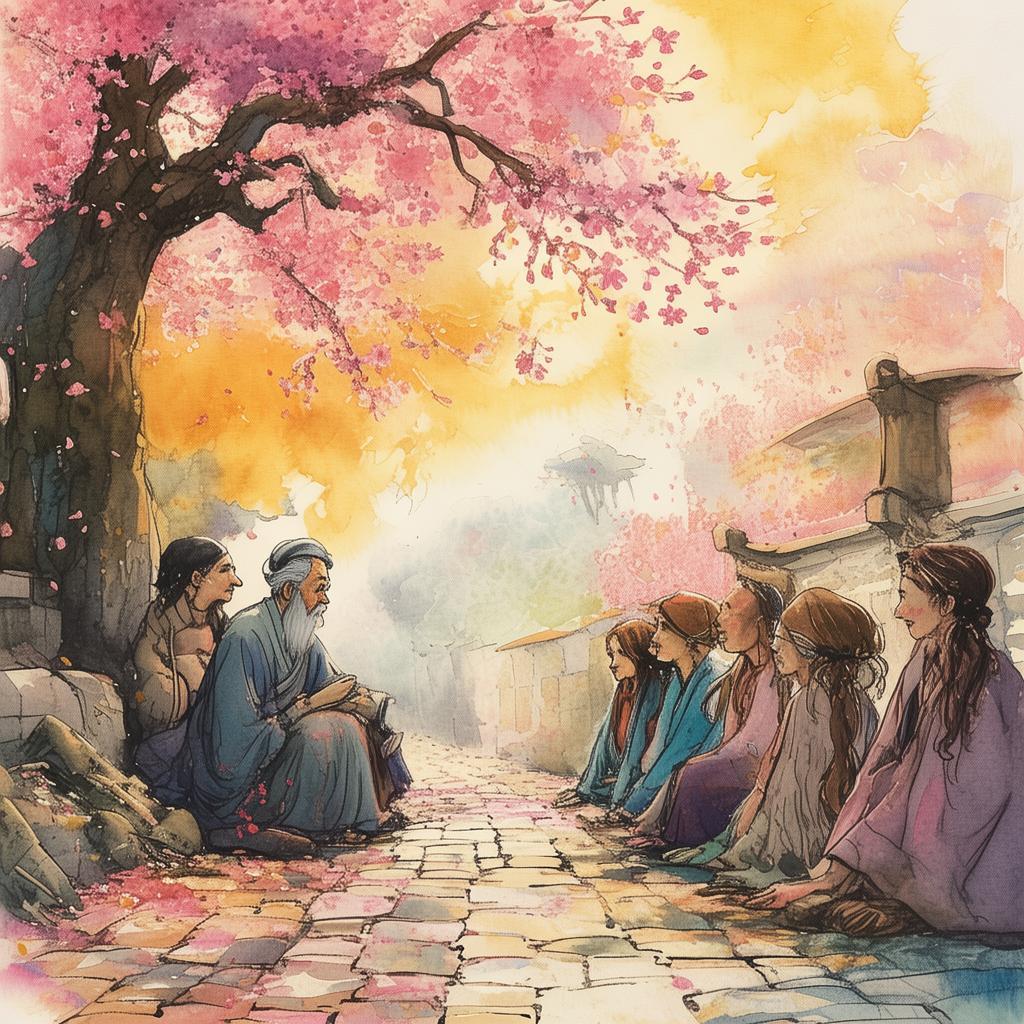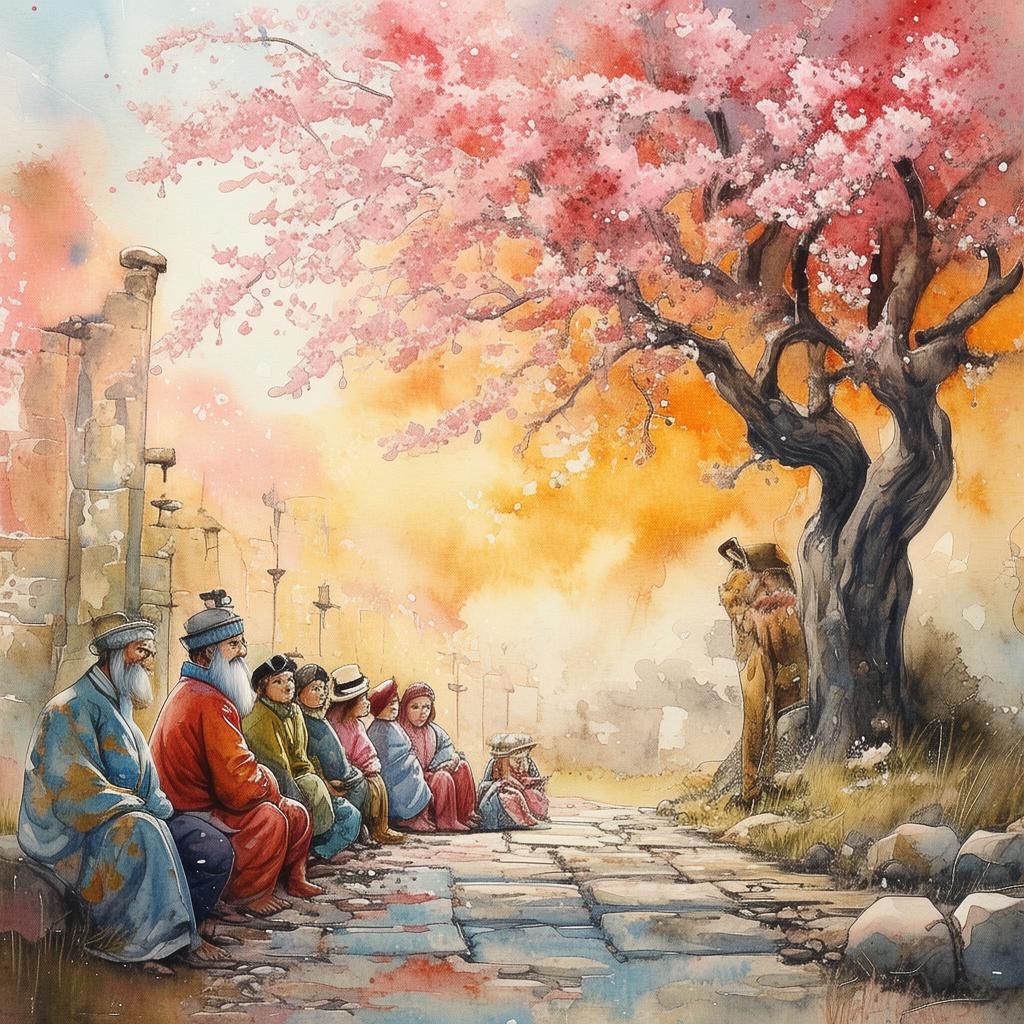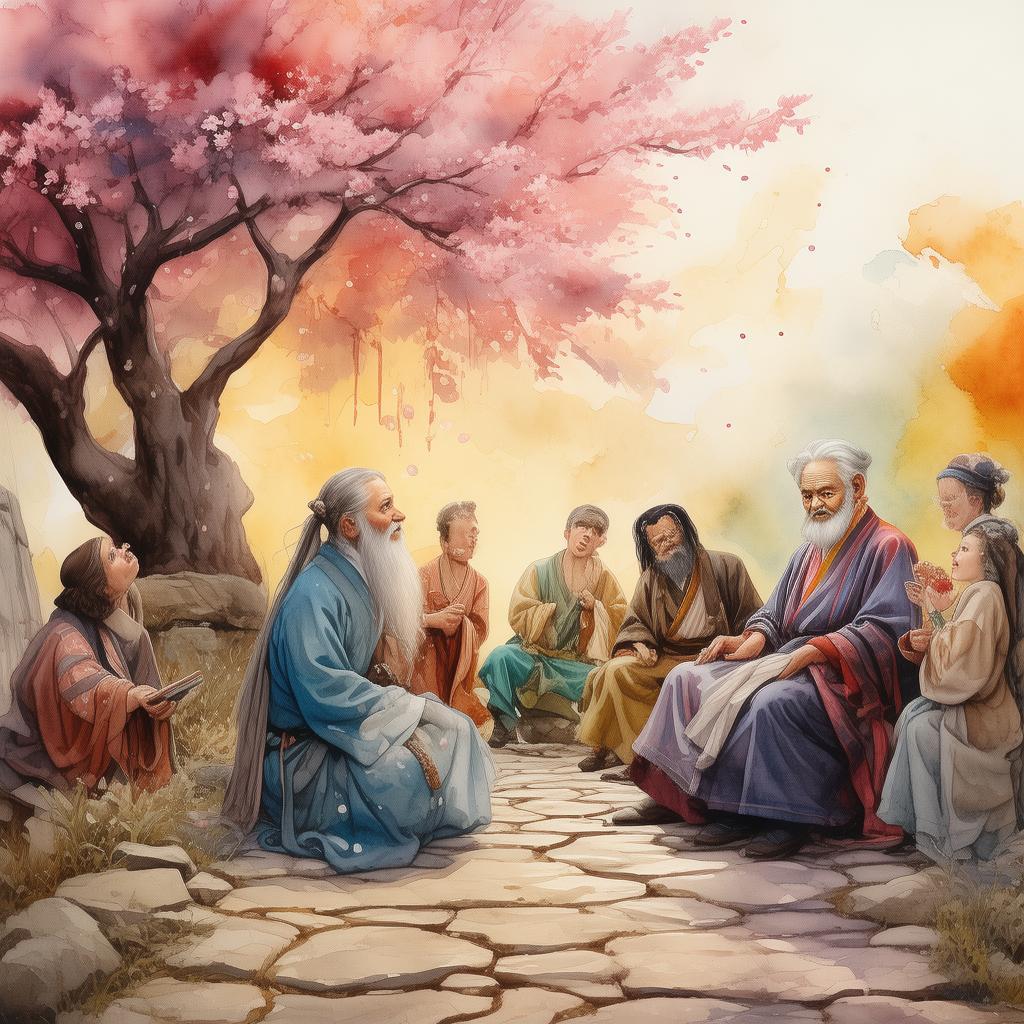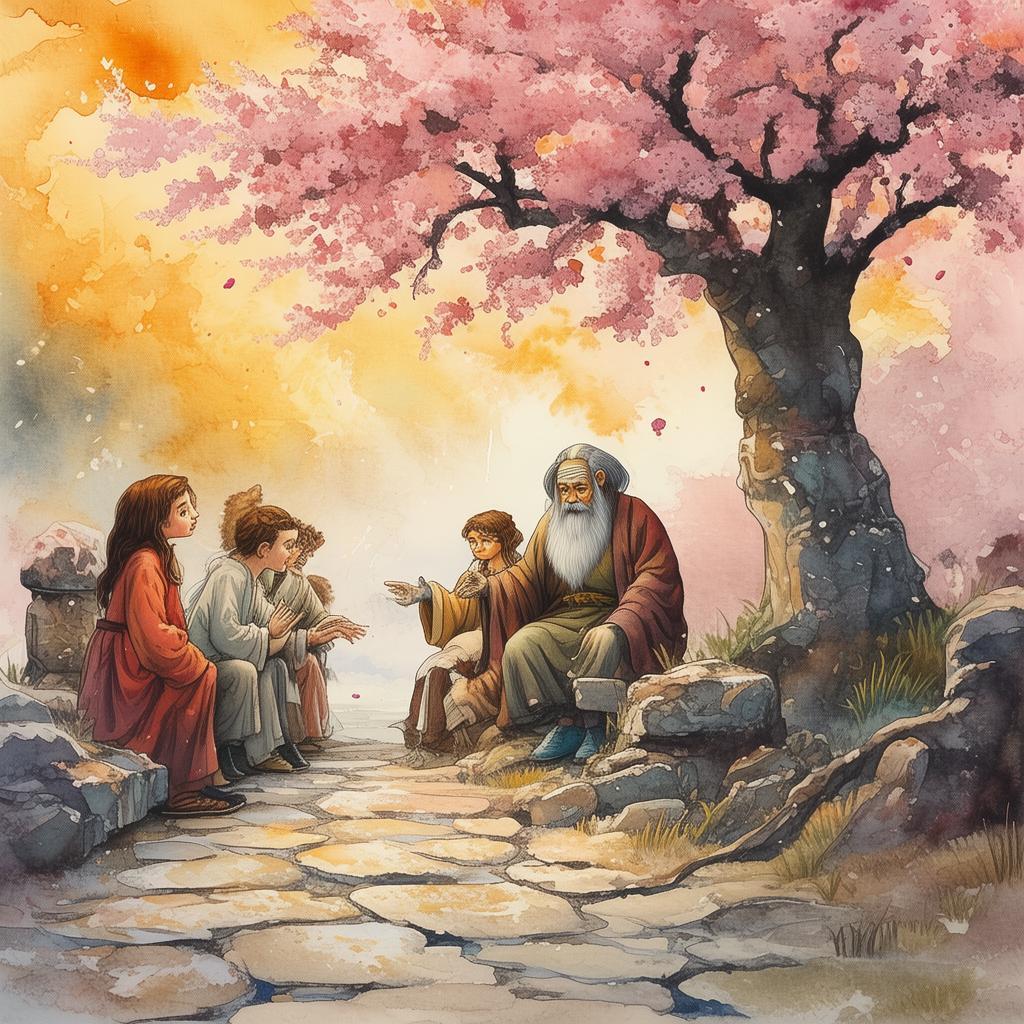The Calligraphy Conundrum: A Journey to the Heart of Harmony
In the quaint village of Lingxia, nestled between rolling hills and whispering rivers, there lived a young man named Ming. Ming was not an ordinary young man; he was a calligrapher, whose delicate strokes danced across paper like the fluttering wings of birds. His calligraphy was so exquisite that it was said to have a life of its own, imbued with the essence of the words it graced.
Ming's father, a respected calligrapher himself, had once shared with him an ancient text known as The Handwritten Harmony, a philosophical journey of words that was said to hold the secrets to the universe. The text spoke of the harmony that could be achieved through the correct alignment of letters and the meaningful arrangement of words, a harmony that was not just visual but also spiritual.
One day, Ming stumbled upon a mysterious scroll tucked away in the attic. It was an excerpt from The Handwritten Harmony, but it was unlike anything he had ever seen. The scroll was torn and tattered, and its ink was fading, but it contained a single, profound sentence: "True harmony is achieved not by the absence of conflict, but by the presence of trust."
Intrigued and driven by an insatiable curiosity, Ming set out on a journey to find the meaning behind this sentence. He traveled to distant lands, seeking sages and scholars, but none could offer him a clear answer. The sentence seemed to be a riddle, one that only time could unravel.
As he wandered the world, Ming's skill in calligraphy grew, and so did his reputation. He began to teach young students, and they, in turn, began to seek out the wisdom that had drawn Ming on his own quest. Among his students was a girl named Yini, whose heart was as pure and eager for knowledge as her pen was steady.
Yini was fascinated by Ming's journey and his pursuit of harmony. She believed that the answer to the scroll's riddle lay within the hearts of those who practiced the art of calligraphy. Together, they delved deeper into the philosophy of The Handwritten Harmony, analyzing each word, each character, and the emotions they evoked.
One evening, as they sat beneath the moonlit sky, Yini posed a question that would change Ming's understanding of harmony forever. "Why," she asked, "must true harmony come from trust? Why not from love or understanding?"
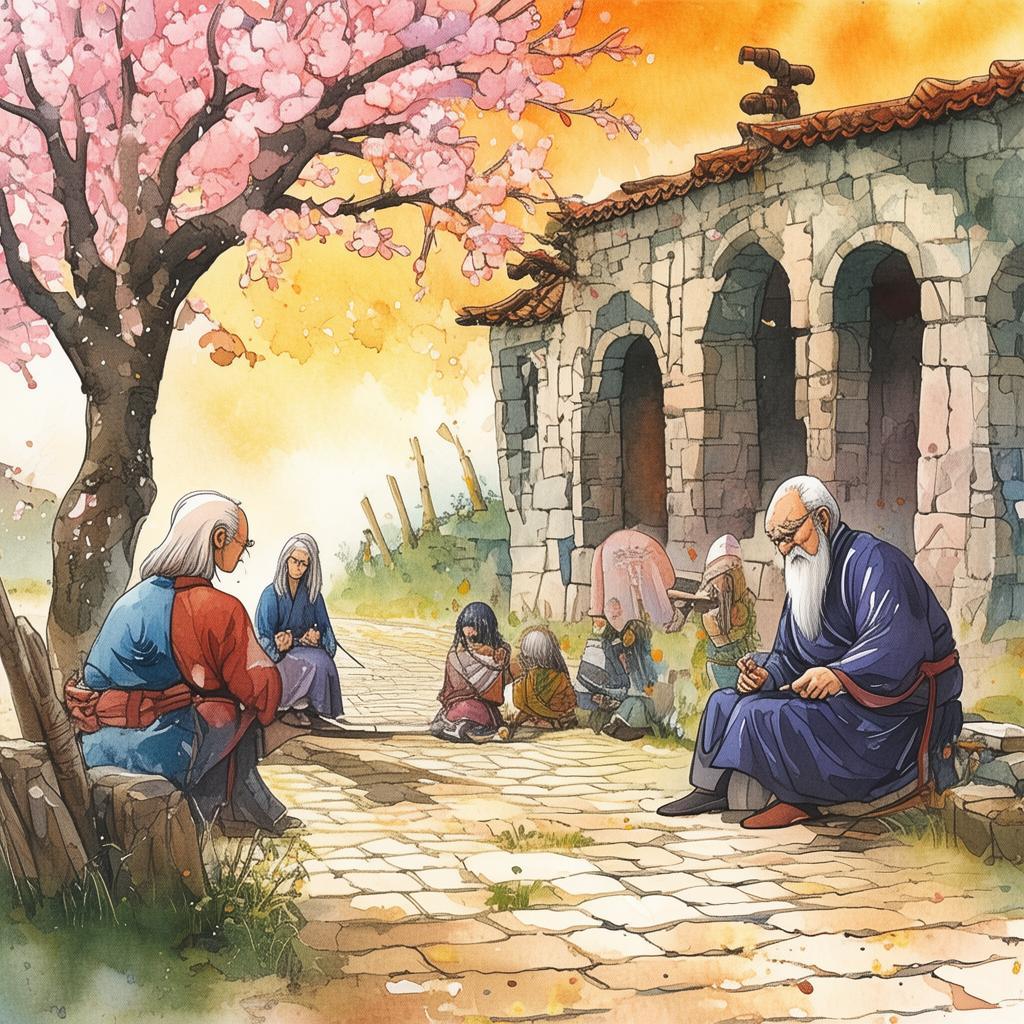
Ming, pondering her words, realized that love and understanding were indeed important, but they were not the root of harmony. Trust was the foundation upon which love and understanding could be built. It was trust that allowed one to see the beauty in conflict, to accept the other's flaws, and to grow together.
As the months passed, Ming and Yini's friendship blossomed into something more profound. They began to understand each other's strengths and weaknesses, their joys and sorrows. It was through their mutual trust that they discovered the true essence of harmony.
One day, Ming received a letter from his father, who was gravely ill. He returned to Lingxia to be with his family, and it was there that he found the answer he had been seeking all along. His father, weak and fragile, had been the living embodiment of the sentence on the scroll. The trust between Ming and his father had been the source of their harmony, even in the face of adversity.
As Ming reflected on his journey, he realized that trust was not just the key to harmony in relationships; it was the key to harmony within oneself. It was the trust in one's own abilities, in the world's benevolence, and in the universe's plan that allowed for growth and understanding.
With his newfound wisdom, Ming returned to his students and shared his discovery. He taught them that the art of calligraphy was not just about the strokes on paper, but about the strokes of harmony in life. He showed them how to trust the process, to embrace conflict, and to find the beauty in the journey.
The Calligraphy Conundrum became a legend in Lingxia, a tale of a young man who had found harmony not through the arrangement of letters, but through the arrangement of life. Ming's journey was not just a philosophical one; it was a testament to the power of trust, the essence of harmony, and the enduring strength of the human spirit.
✨ Original Statement ✨
All articles published on this website (including but not limited to text, images, videos, and other content) are original or authorized for reposting and are protected by relevant laws. Without the explicit written permission of this website, no individual or organization may copy, modify, repost, or use the content for commercial purposes.
If you need to quote or cooperate, please contact this site for authorization. We reserve the right to pursue legal responsibility for any unauthorized use.
Hereby declared.
